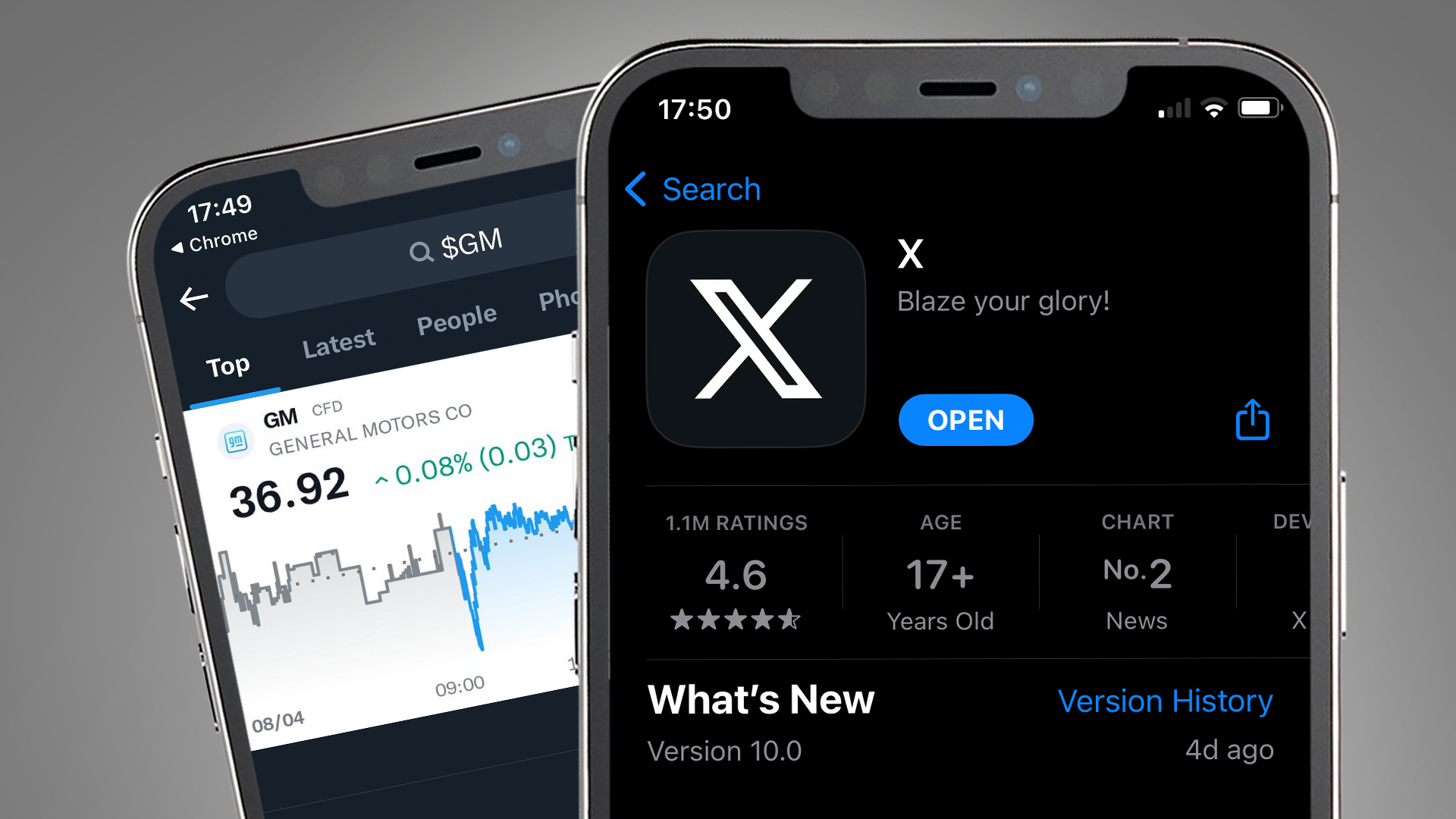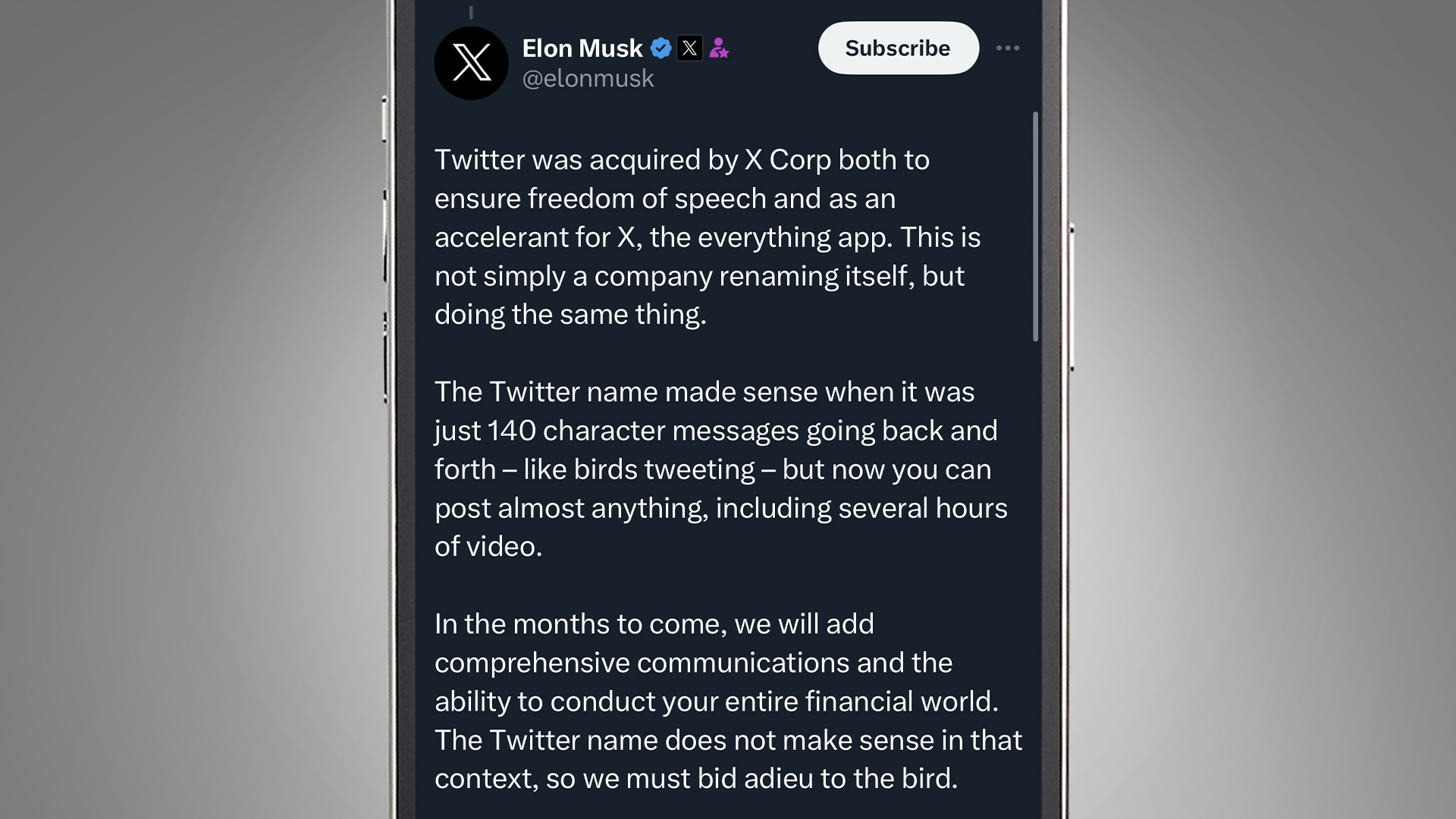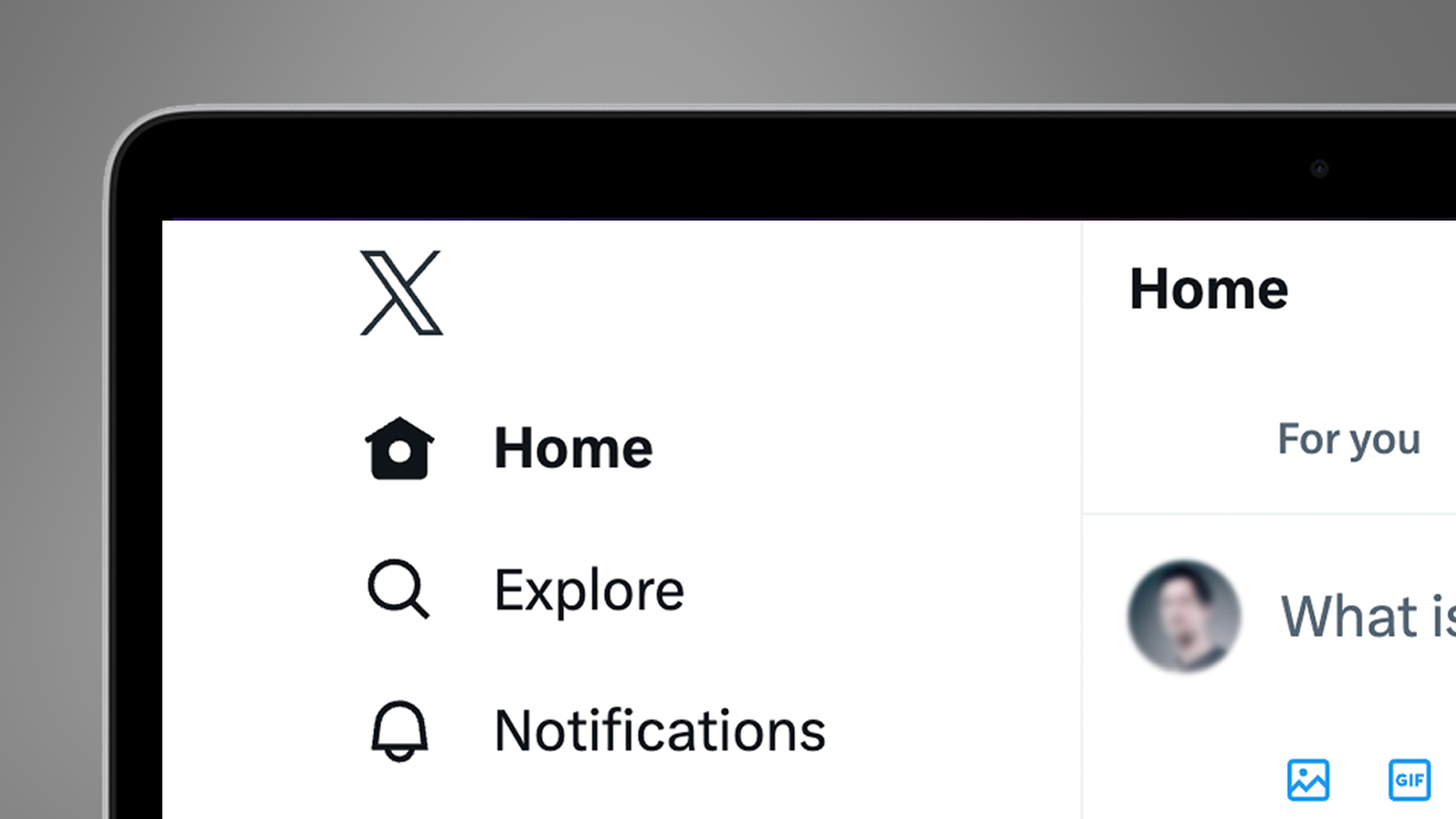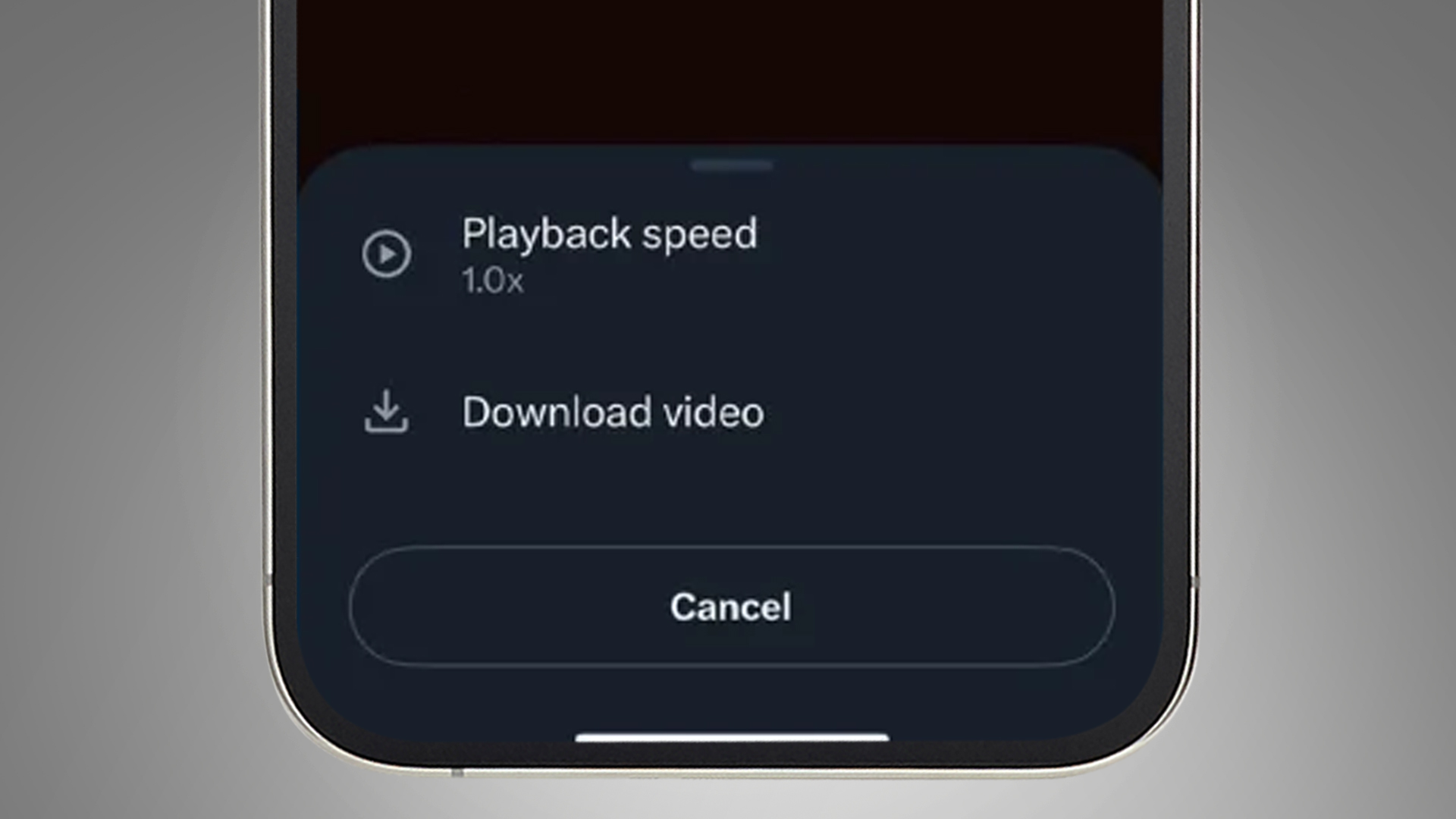Why is Twitter called X now? Elon Musk's rebrand explained and where it's going next
Twitter has changed way more than its name

Twitter's famous blue bird is dead; on July 23, Elon Musk decided to rebrand the social network simply as X, and we're frankly still getting used to it.
But why, exactly, is your Twitter app now a mysterious, confusing X? What other changes (or catastrophic blunders) does Elon Musk have in the pipeline? And what metaphorical rugs will be pulled from beneath our feet next?
The change from Twitter to X is more than just a knee-jerk rebrand, even if it feels that way. It's already changing the way Twitter works, and Elon Musk has laid out a grand vision that could see it become more like an 'everything' app in the vein of China's WeChat.
Whether that's actually feasible in reality is another matter, but for now Twitter is changing more than just its name. Here are the changes that X has delivered beyond a new logo, and where it's likely to go next. Hold on, this could be a rocky ride...
Why did Twitter change to X?
Twitter's abrupt rebrand to X came out of the blue on July 23, causing widespread confusion among its 240 million global users. But the reasons, which Elon Musk had hinted at last year, eventually came to the surface.
The most succinct explanation came from Musk himself in the Tweet (or is that Xeet?) below. In it, he explains that X Corp (the company formerly known as Twitter) bought the social network "as an accelerant for X, the everything app."
As Twitter moves towards that lofty goal, Musk says the Twitter name no longer makes sense – particularly with X Corp planning to add "the ability to conduct your entire financial world" on the app "in the months to come".
Sign up for breaking news, reviews, opinion, top tech deals, and more.

While Twitter's rebrand to X was more abrupt and, frankly, amateurish than anyone had expected, Musk previously hinted at the plans above in a Tweet (as they were known then) on October 4, 2022. In it, he stated simply that "buying Twitter is an accelerant to creating X, the everything app".
Given that Musk is known for making outlandish statements, those claims were understandably treated with skepticism and Twitter carried on in blissful ignorance, while absorbing some wild changes that ranged from scrapping legacy blue checkmarks to the overnight introduction of rate limits.

But now Twitter has been given its most visible changes so far. The mobile app icons for iOS and Android are now X, while the browser version carries the same branding (despite still being at the usual twitter.com URL). Tweetdeck, the popular Twitter dashboard program, is now called XPro. Fujifilm could have some reservations about the name, considering its long-running X-Pro series.
All of these changes are pretty head-spinning, so here's a breakdown of everything that's changed on Twitter beyond its name and logo.
What's new in X?
The X app and website are still, on the surface, effectively Twitter in more boring clothes. It's still a horribly addictive place to spout opinions, observe flame wars, and get your hit of the latest news, memes and weird viral trends. But under the hood, there is almost constant change. Also, Elon Musk has turned Twitter's old verification system on its head.
As you can see from X's official list of changes by month, there have been dozens of changes since November 2022. That's not including all of the many under-the-hood algorithm tweaks.
Most recently, on July 25, X Blue subscribers (who pay from $8 / £9.60 / AU$13 per month or $84 / £100.80 / AU$135 per year), were given the ability to download videos from X (below). Hilariously, subscribers have also given the option to hide their blue verification ticks, suggesting that the ticks are far from a badge of honor.

This followed a sudden surge in revenue payouts to X Blue subscribers from July 13, which started rewarding some content creators based on the ad revenue created in replies to viral tweets.
There have also been big bumps on the road to X. On July 1, rate limits were temporarily introduced on the site to "address extreme levels of data scraping and system manipulation", according to Elon Musk. This limited the number posts you could read in a day, but has since been eased.
Perhaps the biggest change that Elon Musk's Twitter takeover, and the X rebrand, has delivered is a complete upending of the social network's verification system. Previously, verification was a way to guarantee the authenticity of an accounts that were "notable and active", because it was subject to internal approval.
Fittingly, that all changed on April 1, when verification became a reward for paying Twitter's subscription fee. This sparked a wave of impersonations on Twitter, undermining overall trust in the platform and seemingly contributing to a loss of almost half of the social network's advertising revenue.
Overall, Elon Musk has turned Twitter into something of a circus, and the X rebrand is just another bump on that ride. Even though the changes have been more devastating than we thought, they might pale in comparison to what's coming next...
What's coming to X next?
Elon Musk has been pretty clear that he wants X, or what was formerly Twitter, to become "the everything app". But what does that mean? The closest example is WeChat in China, which combines instant messaging, social media and mobile payments in one app. WeChat currently has over a billion monthly active users.
Whether or not it's possible to create a WeChat rival outside China remains to be seen, but it's likely to be extremely difficult. For a start, there are antitrust laws in the US that clamp down on monopolies, as Amazon is currently discovering with the FTC (even if it seems likely that Amazon will escape calls for it to be broken up).
But Elon Musk and X Corp are certainly going to try to turn X into an equivalent of WeChat. During the rebrand, Musk said: "In the months to come, we will add comprehensive communications and the ability to conduct your entire financial world."

On August 3, Semafor reported that Musk has sent out calls to fintech giants requesting quotes to build a real-time investment platform on the rebranded Twitter. Despite these reports that a stock-trading option could soon arrive on X, Elon Musk denied there was anything in it, stating that "no work is being done on this to the best of my knowledge."
Still, taking on the likes of Robinhood and eToro seems certain to be in X's future. Back in April, eToro partnered with Twitter to let users instantly see prices for a wide range of stocks and cryptocurrencies, and a spokesperson for the 'social trading' platform told Semafor that "X is an increasingly important part of the DIY investing community".
So, if your were hoping that Twitter's Dogecoin incident in April, which saw Elon Musk change the site's logo to a shiba inu, was a one-off, brace yourself for more of the same.
Elon Musk wants X to be as much a financial heavyweight as it is a political one, and that means trading, cryptocurrencies, and more are likely to be sitting alongside its memes very soon. How many people are willing to trust X with their credit card details and financial information, though, is another matter.

Mark is TechRadar's Senior news editor. Having worked in tech journalism for a ludicrous 17 years, Mark is now attempting to break the world record for the number of camera bags hoarded by one person. He was previously Cameras Editor at both TechRadar and Trusted Reviews, Acting editor on Stuff.tv, as well as Features editor and Reviews editor on Stuff magazine. As a freelancer, he's contributed to titles including The Sunday Times, FourFourTwo and Arena. And in a former life, he also won The Daily Telegraph's Young Sportswriter of the Year. But that was before he discovered the strange joys of getting up at 4am for a photo shoot in London's Square Mile.